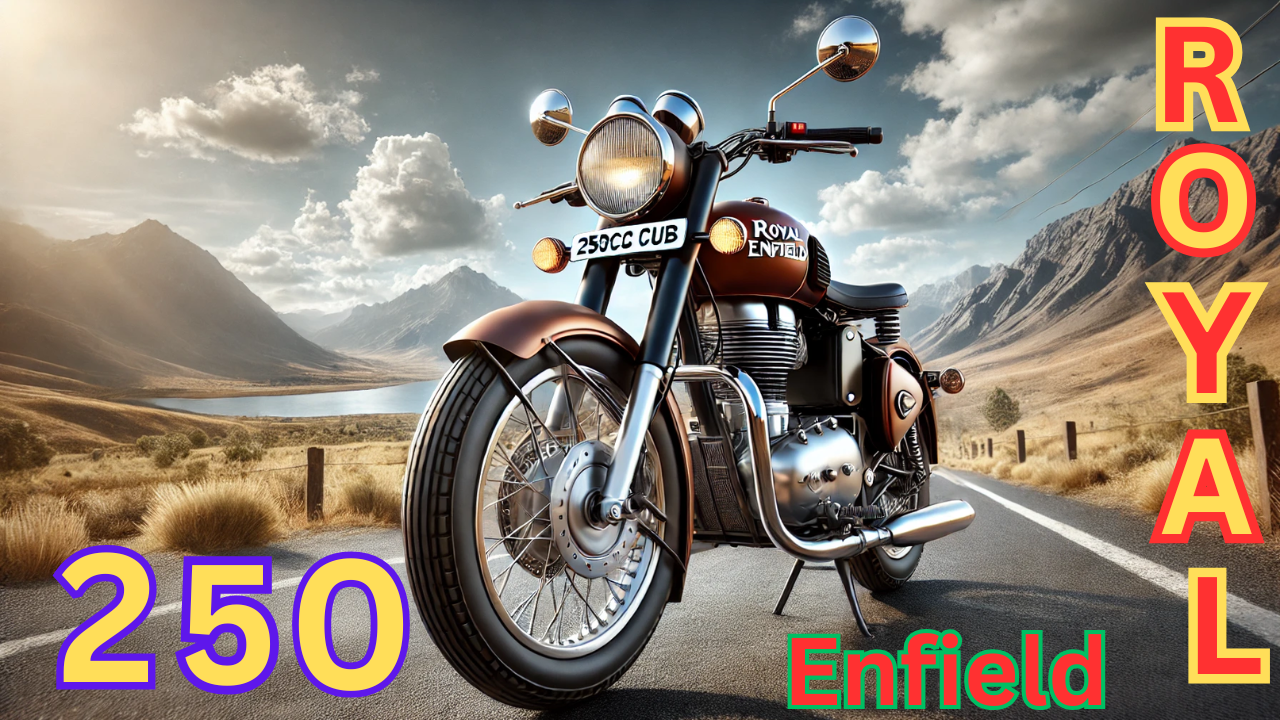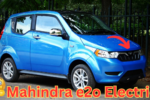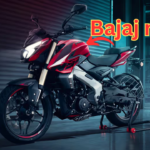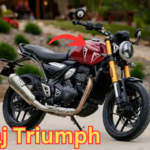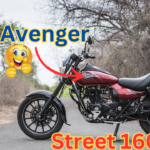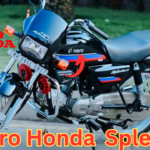Introduction
Royal Enfield has long been a name synonymous with power, heritage, and timeless appeal. Among its legendary motorcycles, the 250cc variants stand out as remarkable examples of vintage engineering, reliability, and rugged charm. Despite the modern wave of high-tech motorcycles, the old 250cc models from Royal Enfield still hold a special place in the hearts of enthusiasts. This article delves into the history, technical brilliance, and lasting legacy of the Royal Enfield 250cc motorcycles.
The Legacy of Royal Enfield 250cc
The Royal Enfield brand has a rich history that dates back to 1901. However, it was during the mid-20th century that Royal Enfield introduced the 250cc models, which became immensely popular among riders seeking a perfect balance between power and efficiency. The Royal Enfield Crusader and Royal Enfield Clipper were two of the most renowned 250cc models that set benchmarks in their era.
The 250cc models were widely appreciated for their compact yet sturdy build, making them ideal for daily commuting as well as long tours. They gained traction not just in India but also in the UK and other global markets. Their legacy continues today, with collectors and restoration enthusiasts working hard to preserve these classic machines.
Technical Specifications and Features
The Royal Enfield 250cc motorcycles were known for their simple yet effective engineering. Let’s take a look at some of their key specifications:
- Engine: Single-cylinder, four-stroke
- Displacement: 248cc
- Power Output: Ranged from 12 to 15 bhp
- Torque: Moderate torque delivery for smooth performance
- Transmission: 4-speed gearbox
- Frame: Tubular steel frame for durability
- Brakes: Drum brakes (both front and rear)
- Fuel Efficiency: Offered excellent mileage compared to larger displacement motorcycles
These features made the 250cc models reliable machines that could endure long journeys without frequent breakdowns. The simplicity of their mechanical design also ensured ease of maintenance, making them favorites among riders who preferred do-it-yourself repairs.
Why the 250cc Royal Enfield Is Still Popular
Despite the advent of modern motorcycles with high-tech electronics, ABS, fuel injection, and liquid cooling, the Royal Enfield 250cc models continue to enjoy a cult following. Here’s why:
- Timeless Design
- The classic styling of the 250cc models remains iconic. From the teardrop fuel tank to the chrome-finished exhaust, every aspect of the design reflects the old-school charm that many riders still crave.
- Durability and Reliability
- Built like a tank, these motorcycles were made to last. The rugged construction and high-quality materials ensure that many of these bikes are still running decades later.
- Easy Maintenance
- Unlike modern motorcycles that require specialized tools and diagnostic equipment, the Royal Enfield 250cc models can be repaired with basic tools and mechanical knowledge.
- Collector’s Value
- Due to their limited numbers and vintage appeal, these motorcycles have become prized possessions for collectors. Restored models often fetch high prices in auctions and vintage bike shows.
- Riding Experience
- Riding a classic Royal Enfield 250cc offers a raw and unfiltered experience. The vibrations, the sound of the thumping engine, and the mechanical feel make it a joy for purists who love an authentic motorcycle ride.
Restoring a Royal Enfield 250cc
Restoration of old motorcycles has become a passionate hobby for many enthusiasts. Bringing a Royal Enfield 250cc back to life requires patience, dedication, and knowledge of vintage engineering. Here are some key steps involved:
- Finding a Base Model
- The first challenge is to find a Royal Enfield 250cc in decent condition. Many enthusiasts scour old garages, flea markets, and online forums to locate an original model.
- Engine Overhaul
- Given their age, the engine often requires a complete rebuild. This involves replacing worn-out pistons, valves, and gaskets to restore optimal performance.
- Chassis and Frame Restoration
- The frame may need welding and rust treatment to bring back its structural integrity. Repainting it in original factory colors enhances authenticity.
- Electrical System Revamp
- The old wiring and electrical components often need replacement to ensure proper functioning of the lights, ignition, and battery.
- Sourcing Authentic Parts
- One of the most challenging aspects of restoration is finding original parts. Enthusiasts often rely on specialized dealers, online marketplaces, and custom fabricators to get the right components.
Comparison with Modern Motorcycles
While vintage Royal Enfield 250cc models are admired for their heritage, they differ significantly from today’s motorcycles. Here’s a comparison:
| Feature | Royal Enfield 250cc (Vintage) | Modern Motorcycles |
|---|---|---|
| Technology | Carbureted, simple electronics | Fuel injection, ABS, digital displays |
| Build Quality | Heavy metal body | Lightweight alloys and plastics |
| Maintenance | DIY-friendly, simple mechanics | Requires specialized service |
| Performance | Modest power, relaxed cruising | High power, aggressive acceleration |
| Character | Classic thump, mechanical feel | Refined and smooth |
Although modern bikes outperform vintage ones in terms of speed and efficiency, the charm of a Royal Enfield 250cc remains unmatched.
Conclusion
The Royal Enfield 250cc models are more than just motorcycles—they are pieces of history that embody the spirit of motorcycling. Their timeless design, sturdy build, and simple mechanics continue to attract enthusiasts and collectors worldwide. Whether you’re a seasoned rider, a restorer, or simply an admirer of vintage machines, the Royal Enfield 250cc proves that old is indeed gold.
With the growing interest in classic motorcycles, these vintage machines will likely continue to roar on the roads for years to come, reminding us of an era when riding was all about the pure connection between man and machine.
